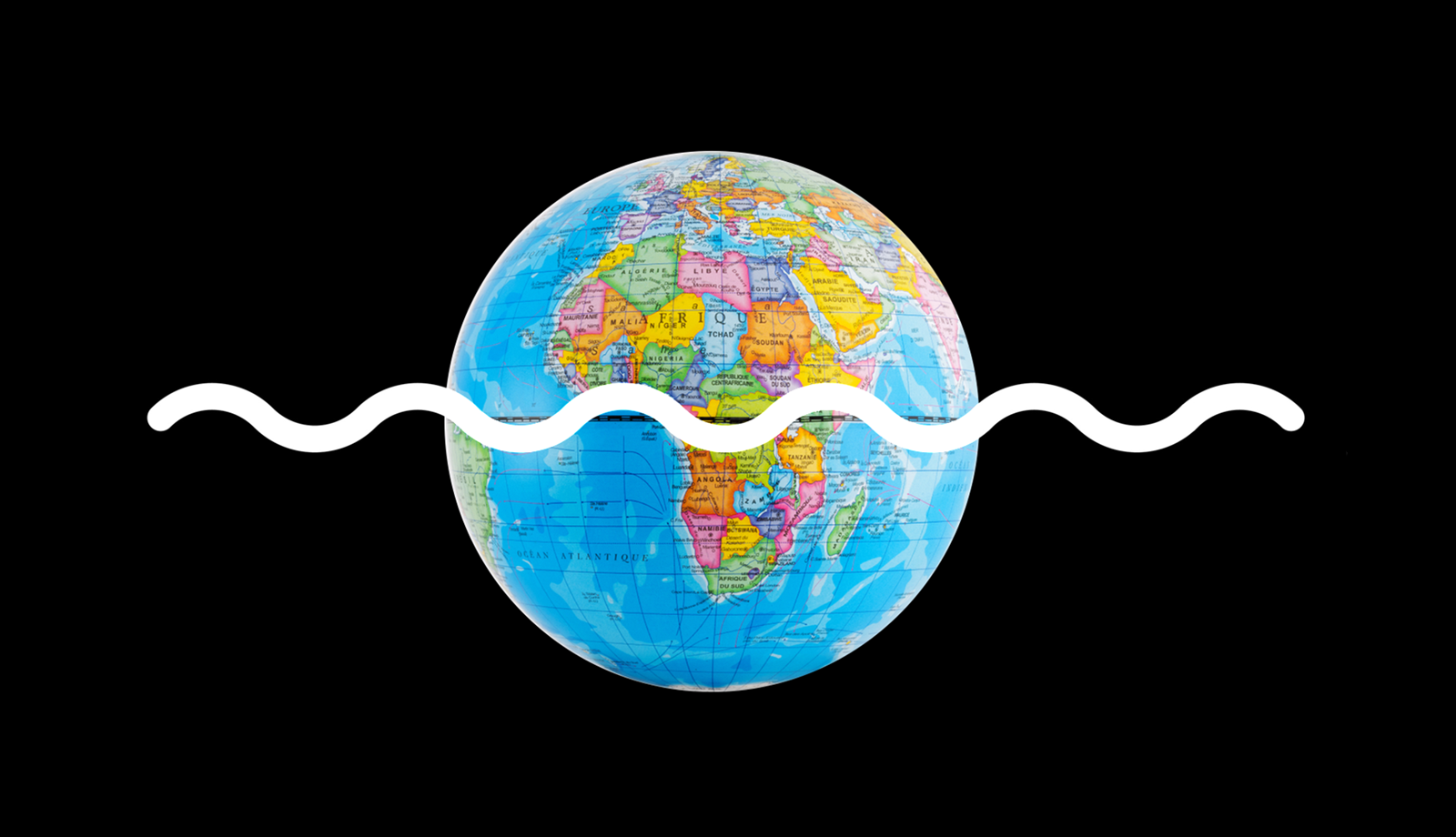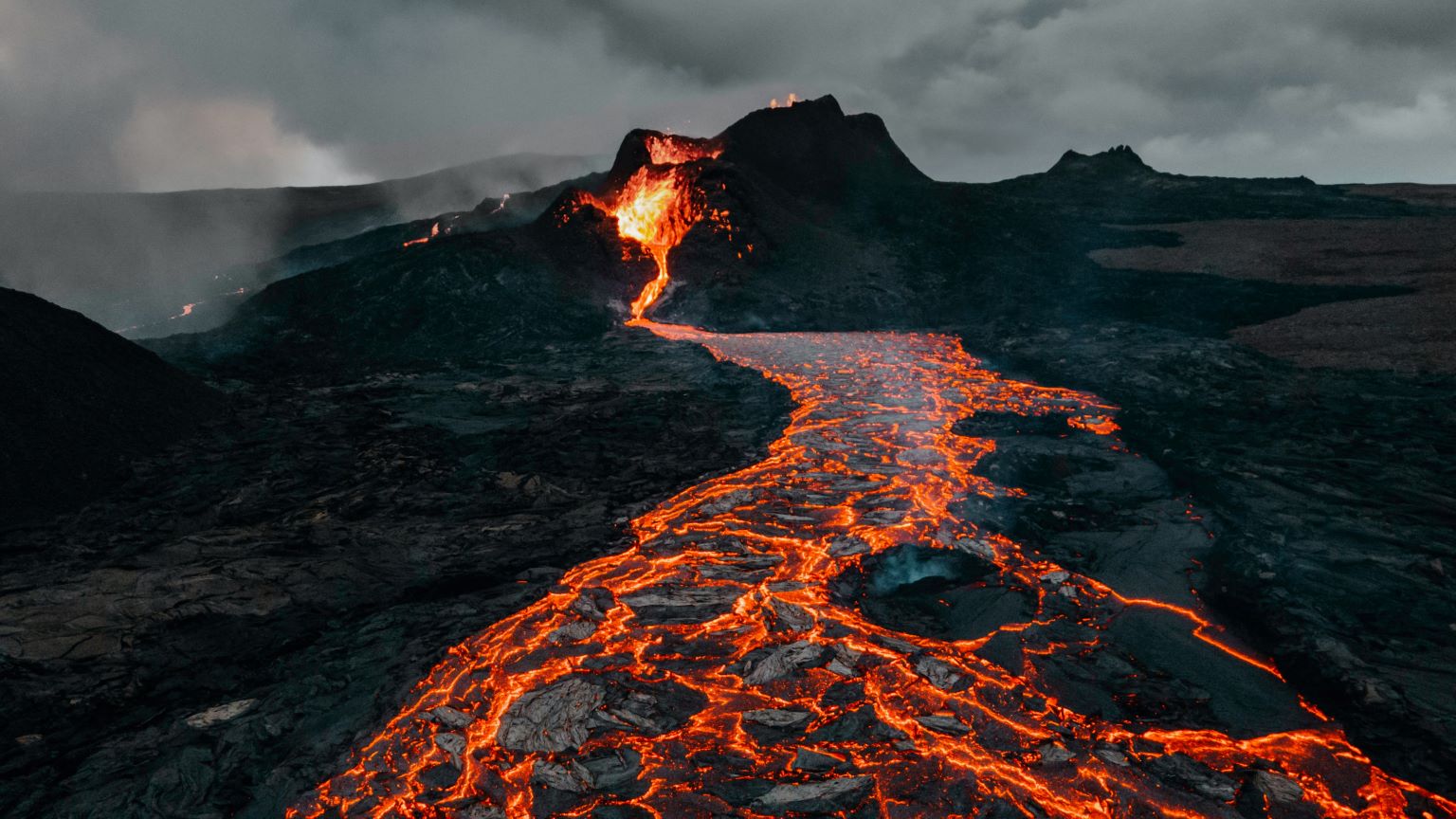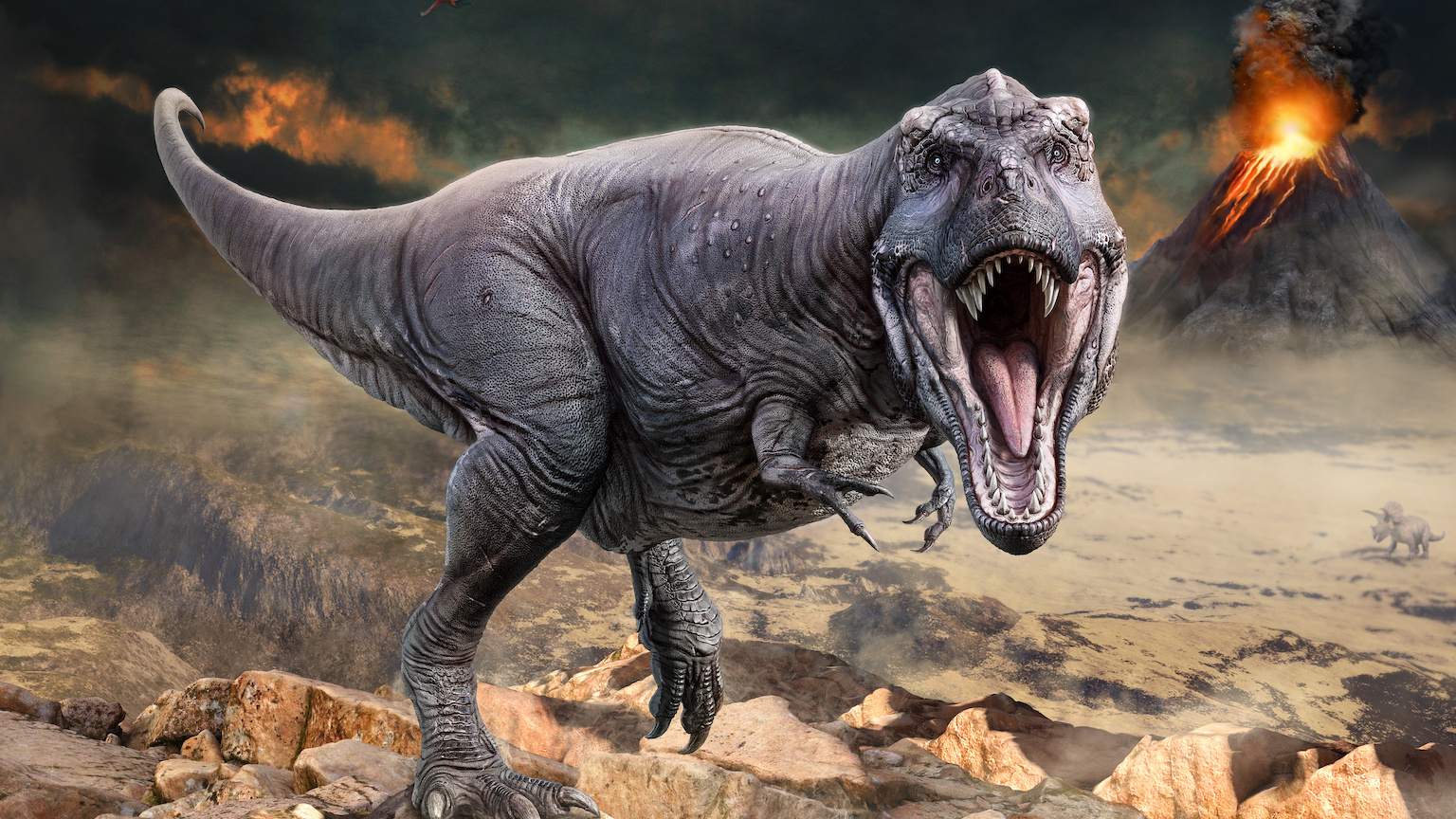Earth is where matter meets purpose. Are humans serving a good purpose?

- We are ungrateful, spoiled children that abuse our collective progenitor and give nothing back.
- But there is a limit to our planet’s tolerance, and we are now facing the consequences of our neglect.
- We cannot afford to dream about other worlds when we are destroying our own.
With the United Nations Climate Change Conference COP27 well underway, and Thanksgiving right around the corner, now is a great time to spend a few moments connecting with our collective cosmic progenitors. We would not be here without them, any more than we would without our flesh-and-blood parents. We don’t think often enough about this, but we are all sons and daughters of planet Earth, a product of its very specific history and of its connection with the Cosmos.
And we are an unruly and disrespectful bunch; the kind of kids that only call when they need money or to borrow the car. We do not nurture, we do not give back, and we do not show our love. We are in fact the worst kind of kids. We abuse, disrespect, and treat our collective progenitors with complete neglect. We spit on the ground we walk, even though the words human and humus share the same Latin root for soil.
One special star
The beginnings of our story stretch back to the origin of time itself, some 13.8 billion years ago, when our collective father, the Universe, came into being. We will leave those details for Father’s Day. All we need for now is to know that the first stars appeared some 200 million years after the Big Bang. Recall that stars are balls of hydrogen, nuclear furnaces that fuse hydrogen into helium at a furious pace. It all starts there, with hydrogen — the simplest of all chemical elements. Stars are true alchemists. They turn hydrogen into all of the other elements, from carbon to iron to uranium. Without stars, the Universe would have no chemistry. (Note for the picky reader: The lightest isotopes of hydrogen and helium are also synthesized very early on in the cosmic history, in a process called primordial nucleosynthesis.)
You could even say that life is what happens to hydrogen if you wait long enough. That is true, but hydrogen and stars don’t make this happen by themselves. They need a very, very special womb.
We carry in our bodies the products of this cosmic alchemy, forged in stars dead for billions of years. You may be 35 years old, but the stuff you are made of is much, much older. We are the memory of this distant past, molecular conglomerates that assumed a form complex enough to allow the stars to remember.
After the first stars, with their short, explosive lives, came the galaxies. In a choreography of cosmic proportions, gravity sculpts matter, making it flow here and there, spin around, and merge to take different shapes. Spiraling, elliptical, and spherical swarms of stars gather together, some numbering millions, others meeting in their hundreds of billions. Our galaxy, the Milky Way, is a large spiral. It looks like a hurricane that was flattened into a pancake, a vortex of stars and gases spinning across space. About one star per year is born in our galaxy, and the Sun and its planets appeared some 4.6 billion years ago.
Earth is where matter meets purpose
The more we learn about the worlds in our solar system and beyond, the more we realize that Earth is a special planet. Just take a look at pictures of other worlds to see why. Earth is special because it is covered in water but also has dry land, allowing for a spectacular diversity of life. It also has an ozone-rich atmosphere that protects the creatures crawling over its surface from outer space’s constant hostility — in particular, from cosmic and solar radiation.
We live in a blue womb, an oasis of life in a Cosmos that is lifeless, cold, and inhospitable everywhere else we have been able to look. If there is life out there, and we all hope there is, it is far away and out of touch. Earth’s climate, warm and stable, allows for life to thrive and to explode in its diversity. A short stroll through a jungle or a coral reef and we are bewildered by the ecological wealth. We encounter myriad plants and animals struggling to survive, searching for food, trying to preserve their genetic imprint from generation to generation. Life uses the present to create the future. Life is where matter meets purpose.
We don’t celebrate our collective mother enough. We are too lost in our tribal differences and disputes to gaze on the core of who we are. We are ungrateful children, the kind we don’t want our own children to be. We are disrespectful of our parents, the kind of children that once they leave home, never look back. There is a crucial difference, however: We cannot leave our collective home. When we try, we quickly realize how much we need it. (The movies Gravity and The Martian come to mind. Or just try climbing a 14,000-foot peak and check how you feel up there.)
We may eventually find other Earth-like planets. We might someday terraform worlds to become more like our own. But frankly, these fictional scenarios are far away into the future. Our existential problems right now are rooted in the very real climate crisis, which we must address immediately. We cannot afford to dream about living on other worlds while we continue to destroy ours. As holds true for our own mothers, even when our stepmoms are as great as mine was, they will never be like the real one. Rather than looking out there in space for solutions to our current mess, we should be working as hard as we can to mend our ways right here.





